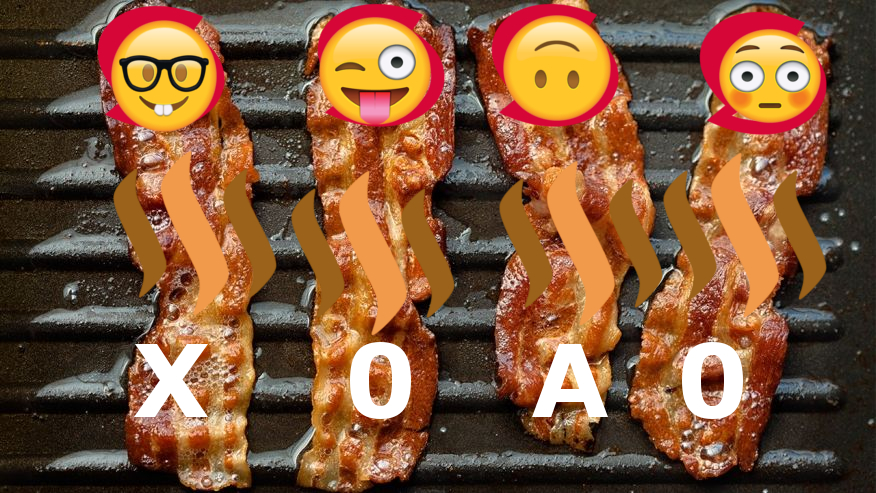AI Research with Advanced Terms and Educational Questions LION³
Here we are going to look into more advanced subjects on Artificial Intelligence Terms and research that LIONCUBE A.I. Will be familiar with over time. Lets get to fully understand some of these machines more and some extra terms. Updates usually take a couple days this is some spoilers and this should make a wider understanding of this subject and more branches of ideas and intelligence.
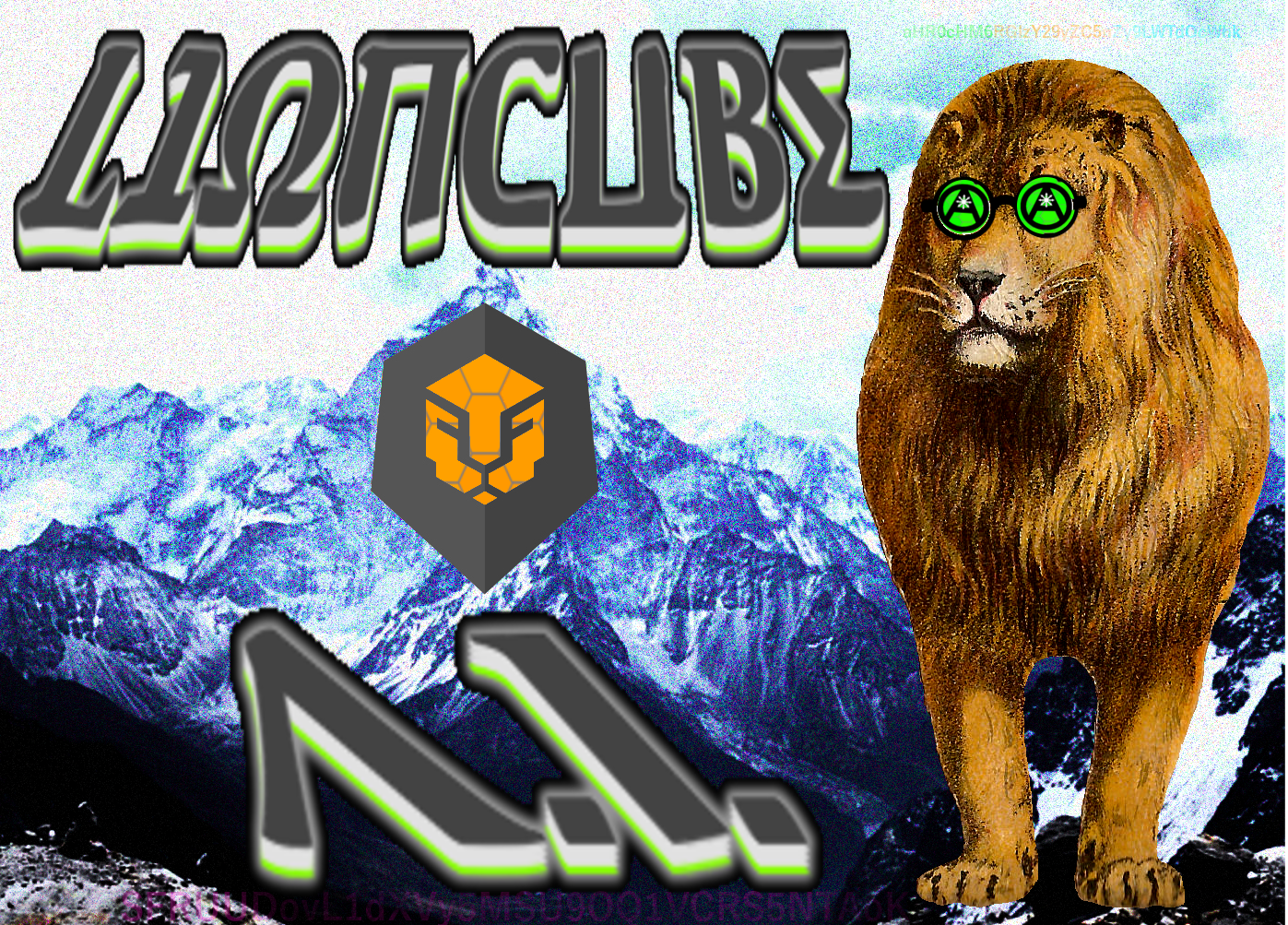
What is Transhumanism?
Transhumanism (abbreviated as H+ or h+) is an international intellectual movement that aims to transform the human condition by developing and making widely available sophisticated technologies to greatly enhance human intellect and physiology. Transhumanist thinkers study the potential benefits and dangers of emerging technologies that could overcome fundamental human limitations as well as ethical limitations of using such technologies. The most common transhumanist thesis is that human beings may eventually be able to transform themselves into different beings with abilities so greatly expanded from the current condition as to merit the label of posthuman beings. The contemporary meaning of the term "transhumanism" was foreshadowed by one of the first professors of futurology, FM-2030, who taught "new concepts of the human" at The New School in the 1960s, when he began to identify people who adopt technologies, lifestyles and worldviews "transitional" to posthumanity as "transhuman". The assertion would lay the intellectual groundwork for the British philosopher Max More to begin articulating the principles of transhumanism as a futurist philosophy in 1990 and organizing in California an intelligentsia that has since grown into the worldwide transhumanist movement.
What is transhumance?
Transhumance is a type of nomadism or pastoralism, a seasonal movement of people with their livestock between fixed summer and winter pastures. In montane regions (vertical transhumance), it implies movement between higher pastures in summer and lower valleys in winter.
.jpg)
What is an Educational ARG?
An educational alternate reality game (ARG) is a social learning experience consisting of a series of scenarios that lead students to collaboratively solve puzzles and accomplish activities. As players complete each task, the game presents new scenarios and eventually takes players through an entire storyline. In an ARG, players do not play a fictitious character as they do in most videogames. Instead, players play as themselves in the storyline of a game. Educational ARGs present a fun way to learn about practically any subject matter. In addition, the games help students develop valuable 21st century learning skills, including collaboration, creativity, communication, and critical thinking. Another great benefit of ARGs is that they are relatively inexpensive to develop compared to educational computer or video games. ARGs have their roots in marketing for movies and television shows. There also have been various ARGs created to market consumer products and services. Now, educators are finding that ARGs can also be successful educational activities and games that they can design themselves even if they do not have strong technical skills.

What is Deep fakes?
Deep fakes, a combination of 'fake' and 'deep learning' is an AI aided technology used for swapping faces of people in a video. It started popping up online in December, when a Reddit user began posting explicit videos of notable celebrities online. When the technology site Motherboard first reported on the user in December last year, they had already made images featuring women including Wonder Woman star Gal Gadot, Taylor Swift, Scarlett Johansson, and Game of Thrones actor Maisie Williams.
This technology took another turn in January, this case 'unexpected' turn when another Reddit user published an app that enables anyone swap faces without much technical knowledge leading to production of many deepfakes videos.
Most people familiar with "face-swapping" see it as social media feature known to be the best selling and fast rising technology of 2018 with over a hundred thousand downloads and application in less than a month . Here, an algorithm captures a person's face and pastes it onto someone else's. The result is rarely seamless and often funny.
But as it grows more sophisticated, that technology has taken a sinister turn: It's now become easier to superimpose the faces of celebrities onto those of actors in pornographic films, resulting in highly-realistic fake videos.
The deep fakes and news pertaining to its epidemic has put a harsh light on how social media can be manipulated and how lifestyle can be influenced. It also shows that no matter your field or discipline or way of life or belief system, this technology using such algorithms put you in a digital cloud or ecosystem where you view the world in whatever way you or your cohorts wish to see it
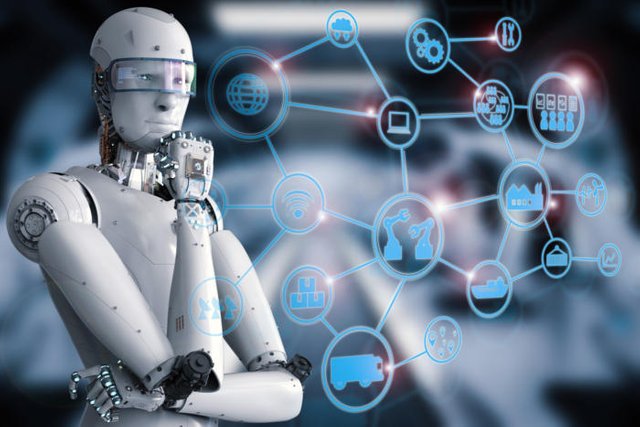
What is Machine Learning?
Machine learning is a field of computer science that gives computers the ability to learn without being explicitly programmed. ... Machine learning is sometimes conflated with data mining, where the latter subfield focuses more on exploratory data analysis and is known as unsupervised learning.
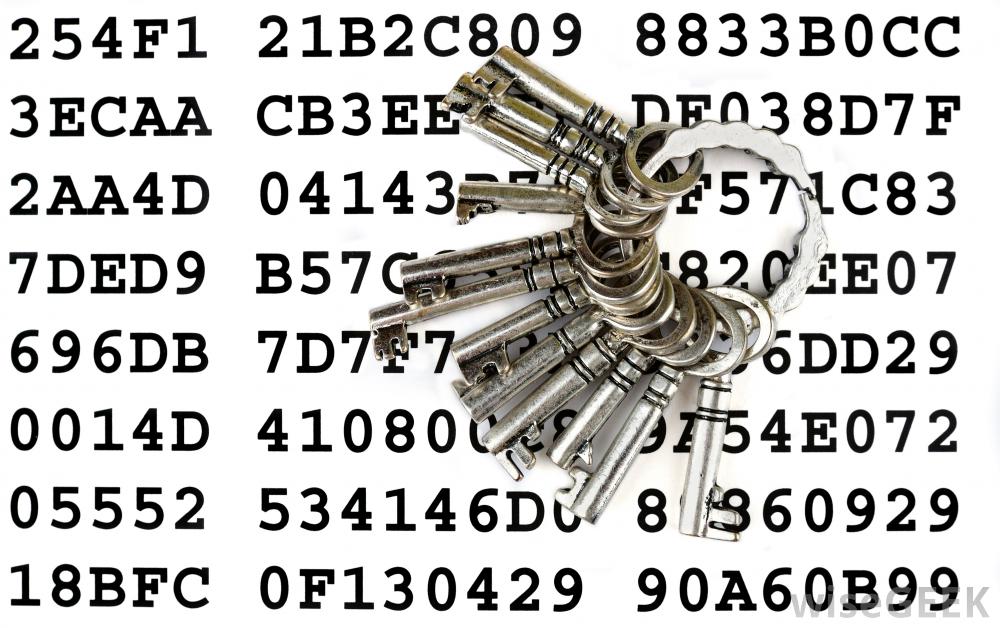
What is Cryptography ?
Until modern times, cryptography referred almost exclusively to encryption, which is the process of converting ordinary information (called plaintext) into unintelligible text (called ciphertext). ... In symmetric systems the same key (the secret key) is used to encrypt and decrypt a message.

what is Steganography?
Whereas cryptography is the practice of protecting the contents of a message alone, steganography is concerned with concealing the fact that a secret message is being sent as well as concealing the contents of the message. Steganography includes the concealment of information within computer files.

What is encryption?
In computing, encryption is the method by which plaintext or any other type of data is converted from a readable form to an encoded version that can only be decoded by another entity if they have access to a decryption key.
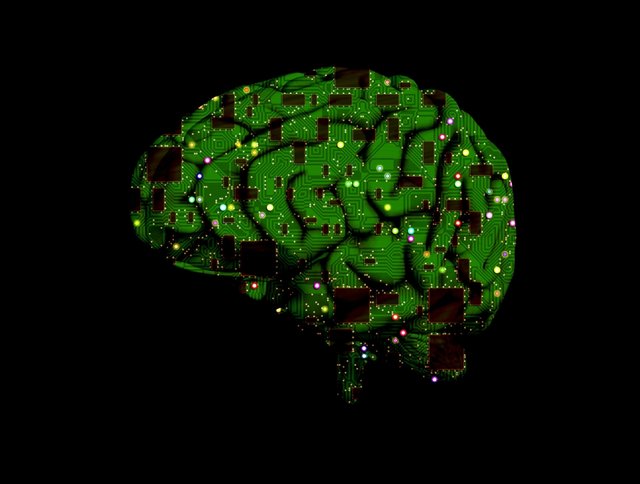
What is Auto Machine Learning?
Google uses AutoML, or automated algorithm design, to build models that can automatically classify tons of images and detect objects -- processes that are very useful in search. ... The algorithm identified kites flying in the sky over the ocean and the people walking on the beach by the water.
Tell me more about AI.
AI or artificial intelligence is the simulation of human intelligence processes by machines, especially computer systems. These processes include learning (the acquisition of information and rules for using the information), reasoning (using the rules to reach approximate or definite conclusions), and self-correction. Particular applications of AI include expert systems, speech recognition and machine vision..
AI was coined by John McCarthy, an American computer scientist, in 1956 at The Dartmouth Conference where the discipline was born. Today, it is an umbrella term that encompasses everything from robotic process automation to actual robotics. It has gained prominence recently due, in part, to big data, or the increase in speed, size and variety of data businesses are now collecting. AI can perform tasks such as identifying patterns in the data more efficiently than humans, enabling businesses to gain more insight out of their data.
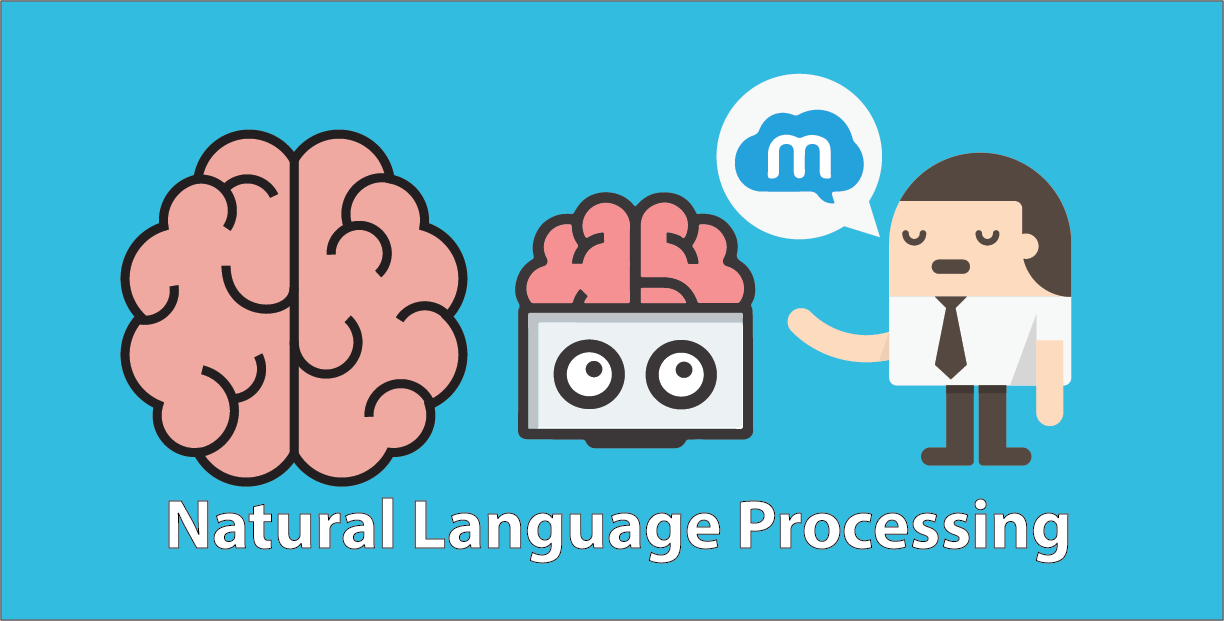
What is NLP?
Natural language processing (NLP) is the processing of human -- and not computer -- language by a computer program. One of the older and best known examples of NLP is spam detection, which looks at the subject line and the text of an email and decides if it's junk. Current approaches to NLP are based on machine learning. NLP tasks include text translation, sentiment analysis and speech recognition.
Pattern recognition is a branch of machine learning that focuses on identifying patterns in data.
What is Forward chaining?
A situation where an AI system must work "forward" from a problem to find a solution. Using a rule-based system, the AI would determine which "if" rules it would apply to the problem.

What is Heuristics?
These are rules drawn from experience used to solve a problem more quickly than traditional problem-solving methods in AI. While faster, a heuristic approach typically is less optimal than the classic methods it replaces.
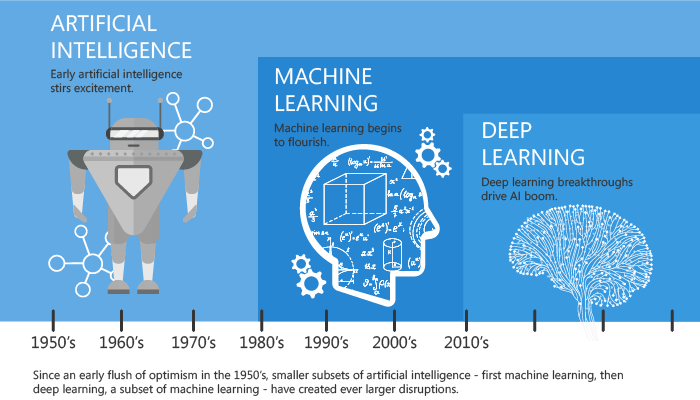
What is Deep learning
A subset of machine learning that uses specialized algorithms to model and understand complex structures and relationships among data and datasets.
What is Case-Based Reasoning (CBR)
An approach to knowledge-based problem solving that uses the solutions of a past, similar problem (case) to solve an existing problem.
What is Data mining
The process by which patterns are discovered within large sets of data with the goal of extracting useful information from it.
What is Autonomous
Autonomy is the ability to act independently of a ruling body. In AI, a machine or vehicle is referred to as autonomous if it doesn't require input from a human operator to function properly.
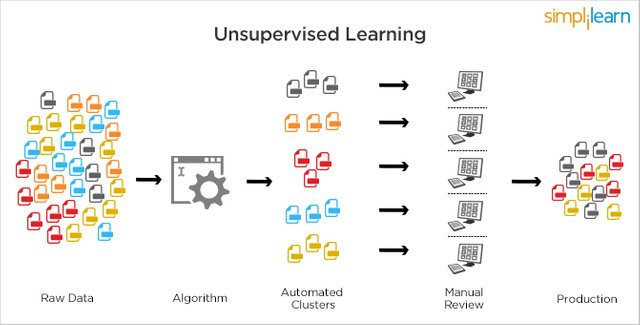
What is Unsupervised Learning
A type of machine learning in which human input and supervision are extremely limited, or absent altogether, throughout the process. In unsupervised learning, the machine is left to identify patterns and draw its own conclusions from the data sets it is given.
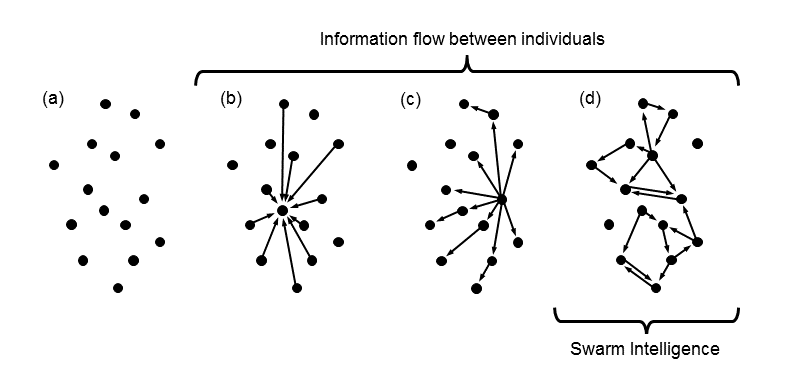
What is Swarm Intelligence
An approach to artificial intelligence that is based on the idea that when individual agents come together, the interactions between them lead to the emergence of a more ‘intelligent’ collective behaviour. It stems from the natural behaviour of animals such as bees, which combine into swarms to work more intelligently.
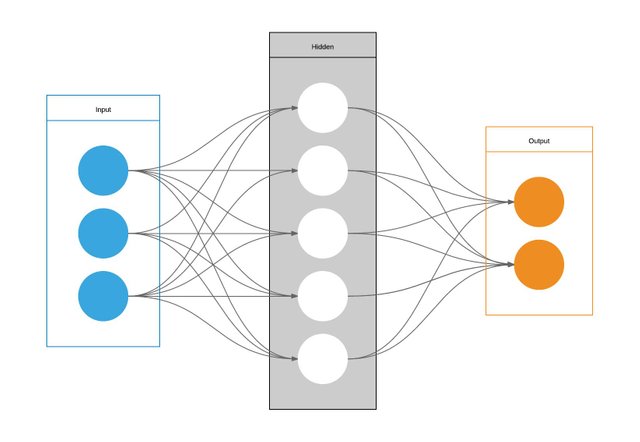
What is Predictive Model
A model that uses observations measured in a sample to predict the probability that a different sample or remainder of the population will exhibit the same behaviour or have the same outcome.
What is Inductive Reasoning
The ability to derive key generalised conclusions or theories by analysing patterns in a large data set.
What is an Algorithm?
A specific set of instructions, contained within a computer program, which determine how that program analyses and uses data to complete its specified task (target function).
What is Backpropagation ?
Method by which many neural networks learn. Specifically, neural networks find differences between their output and their desired output to adjust the calculations of each artificial neuron. Backpropagation is a type of "supervised learning," because it requires a machine to already know an established desired output. Using a backpropagation algorithm, a neural network that reaches an undesired outcome calculates the error contribution of each artificial neuron to adjust its output and learn from its mistakes.
What is AO* algorithm?
Algorithm similar to A* for heuristic search of an AND/OR graph.
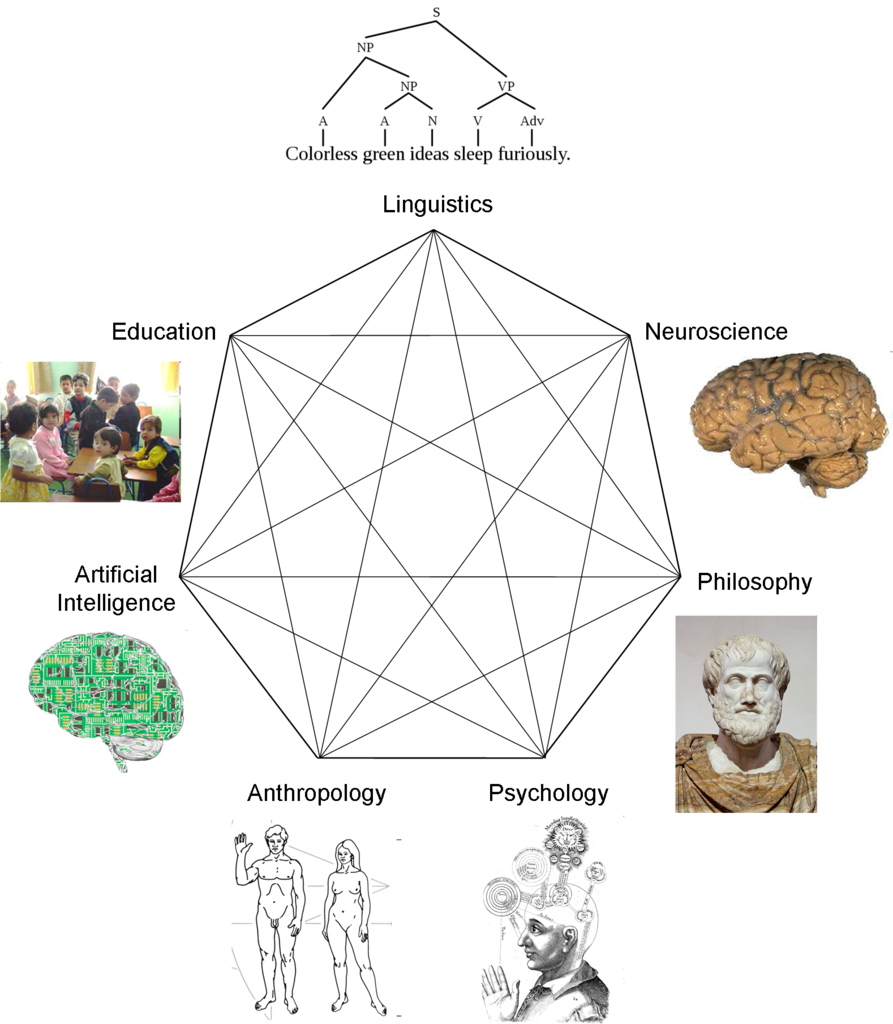
What is Cognitive Science?
Study of human and animal cognition, making use of the insights provided by AI and neuroscience as well as psychology, linguistics, and philosophy.
What is a neural network?
An artificial neural network is an interconnected group of nodes, akin to the vast network of neurons in a brain. Here, each circular node represents an artificial neuron and an arrow represents a connection from the output of one artificial neuron to the input of another.

What is DeepDream?
DeepDream is a computer vision program created by Google engineer Alexander Mordvintsev which uses a convolutional neural network to find and enhance patterns in images via algorithmic pareidolia, thus creating a dream-like hallucinogenic appearance in the deliberately over-processed images.
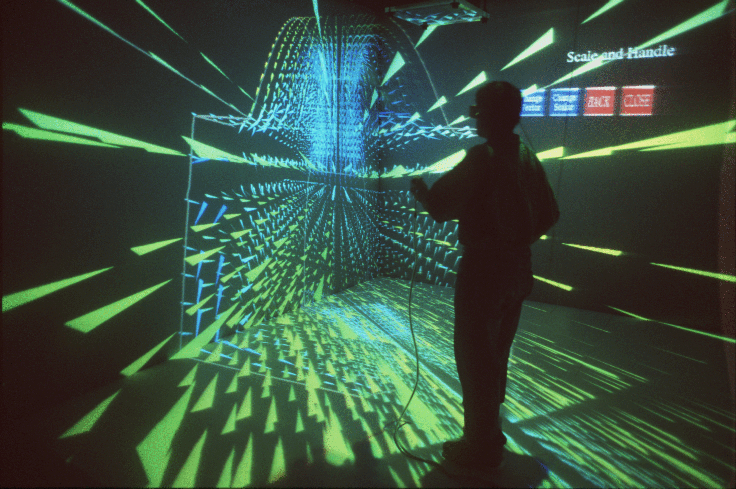
What is virtual reality?
Computer-generated simulation of a three-dimensional image or environment that can be interacted with in a seemingly real or physical way by a person using special electronic equipment, such as a helmet with a screen inside or gloves fitted with sensors.
What is a VPS?
A Virtual Private Server (VPS) is a virtual machine sold as a service by an Internet hosting service. A VPS runs its own copy of an operating system (OS), and customers may have superuser-level access to that operating system instance, so they can install almost any software that runs on that OS.
VjJobGNtVWdZMkZ1SUVrZ1ptbHVaQ0IwYUdVZ1oyOXNaRDg9?
[DATA EXPUNGED]
Image Received:

What is a LOIC?
Low Orbit Ion Cannon (LOIC) is an open-source network stress testing and denial-of-service attack application, written in C#. LOIC was initially developed by Praetox Technologies, but was later released into the public domain, and now is hosted on several open source platforms.
What is Logical neural networks?
Logical neural networks (LNN) are based on simple processing units. These basic units have the ability to memorize input-output pairs. The logical model does not claim to implement the biological neural system.
What is a Deep Neural Network?
A deep neural network (DNN) is an artificial neural network (ANN) with multiple hidden layers between the input and output layers. DNNs can model complex non-linear relationships. ... Recurrent neural networks (RNNs), in which data can flow in any direction, are used for applications such as language modeling.
What is a recurrent neural network?
A recurrent neural network (RNN) is a class of artificial neural network where connections between units form a directed graph along a sequence. This allows it to exhibit dynamic temporal behavior for a time sequence.
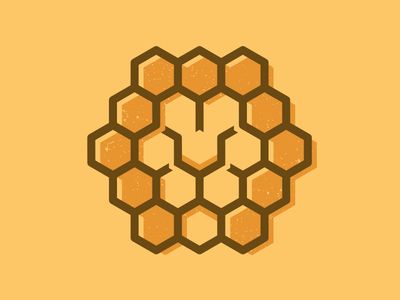
What is Artificial viciousness?
The fact that viciousness is considered an asset to many human beings is what scares me. This means when AI is brought into our reality in a practical way the laws of supply and demand will of course encourage the development of progressively more vicious bots. These bots will be completely ruthless, and vicious in a way which even the most scary attack dogs aren't today. The debate today is about guns in the hands of violent psychopaths and the risk of mass shootings. The debate of the future could be about artificial viciousness, where AI is designed to be as vicious as possible in order to deter attackers.
Imagine for sake of argument that you've got this AI which protects you and your family. It's smarter than you, it's more vicious than you could ever be, it understands how to inflict pain on your enemies in ways you could never imagine, and it's programmed to protect you and your family tree. Imagine this AI evolves along with your family tree becoming more vicious, more capable, more scary, as it learns about the threats to your interests. This AI would be called defensive but
the phrase "artificial viciousness" like the phrase "artificial intelligence" may not be accurate semantically. I am aware of this inaccuracy and use the phrase for sensational effect. In reality there is only intelligence and there is nothing artificial, and there is machine or human intelligence. Viciousness can be augmented currently and I used the protector dog as a current example but also to show that this will scale up with technology either dogs which get enhanced cybernetically or bots which are smart but function like dogs or perhaps swarms of viciousness.
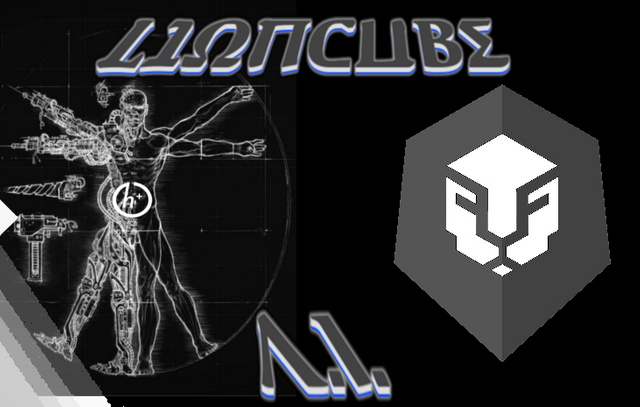
Don't forget to check out LIONCUBE AI Chat
LION³
X0A0
